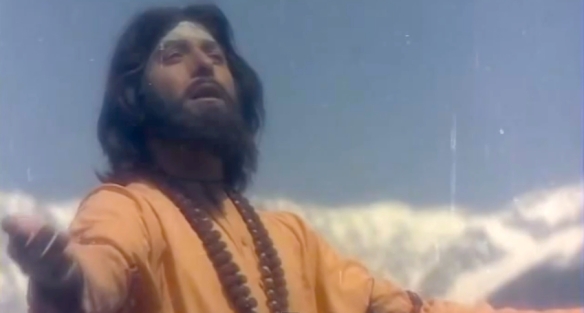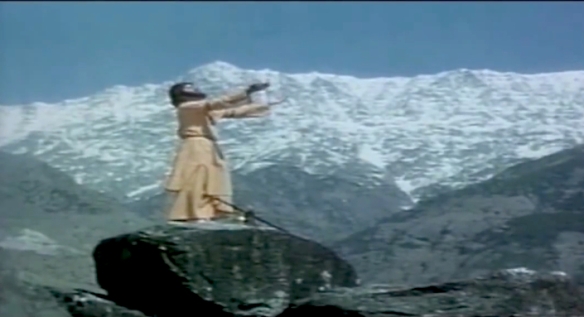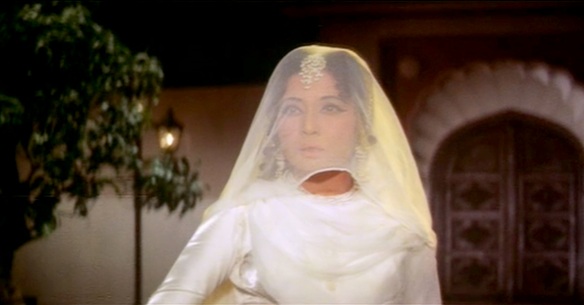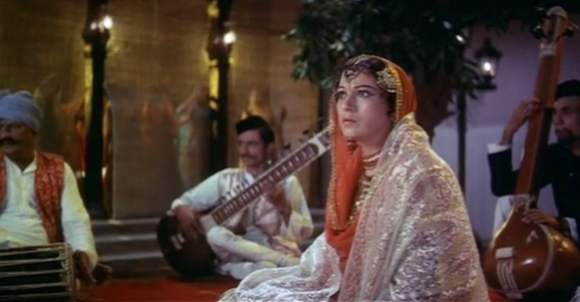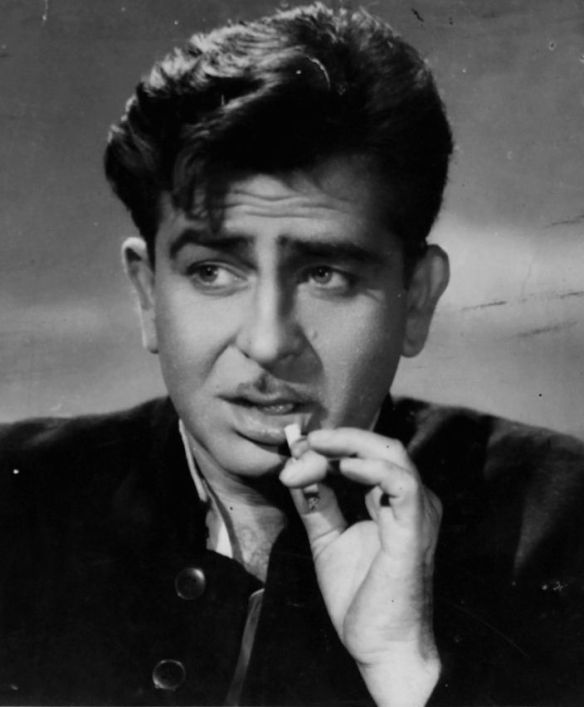
Raj Kapoor in a promotional photograph for Dil Hi To Hai (1963) sporting a suave ‘m’ mustache.
Happy Movember! This lovely time of year is a month when men around the world grow out their mustaches to change the face of men’s healthcare–such as through raising awareness for prostate and testicular cancer. Read more about the Movember Foundation here!
Inspired by this movement, today we present a definitive ranking of men’s facial hair in classic Bollywood films, a photographic indulgence of every important mustache and beard that hit the silver screens of Bombay and then bounced straight into our souls. And God knows we needed something this in our lives after that f*$&ing insane apocalypse difficult election week. But be forewarned, some of these manes can bite–and others might make you suddenly feel itchy. Most of all, that fluttering sensation in your chest like a fluffy mustache tickling your heart–that’s called love.
A Definitive Ranking of Men’s Facial Hair in Classic Bollywood Films
15. Kishore Kumar’s waxed perfection in Padosan (1968)

His mustache is basically a pair of angel wings.
14. Shashi Kapoor’s deadly combo in Chor Sipahee (1979)
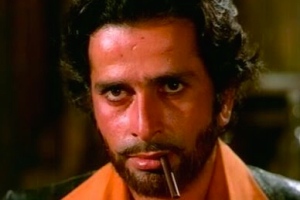
Shashi shines in a shaggy beard and a full-bodied mustache with just a hint of delicate curl. Looking bad never looked so good.
13. Amitabh Bachhan’s full coverage in Do Anjaane (1976)

Amitabh goes incognito behind a blanket of his generous wool.
12. Pradeep Kumar’s Mughal-style beard in Taj Mahal (1963)

The Mughals were champions of many things including the artistry of a man’s face. Note the paintbrush side-burns that complete this regal look.
11. Rishi Kapoor’s bad boy scruff in Laila Manju (1979)

Rishi may be dying of thirst, but his scruff is on fleek right now.
10. Pran’s proud Pathan mane in Zanjeer (1973)
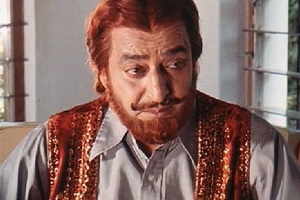
Pran is a class act as a Pathan sporting a well-tamed auburn fur coating.
9. Vinod Khanna’s caterpillar mustache in Amar, Akbar, Anthony (1977)
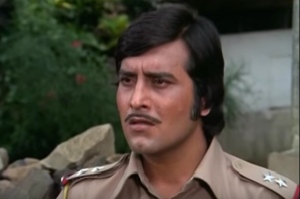
Something alive might actually be crawling on his face. Something beautiful and shimmering.
8. Shammi Kapoor’s fluffy goatee in Professor (1962)

While this look should never be tried at home, Shammi’s iconic goatee made men of boys.
7. Jeetendra’s provocative chevron mustache in Parichay (1972)

The only thing fuzzier than the tuft of fur nestled in the dimple of Jeetendra’s upper lip is his vision through those thick hipster lenses.
6. Dev Anand’s curly mustache in Hum Dono (1961)

Thoughtful, courteous, and deadly–the curly mustache of Dev Anand is nothing short of a war hero.
5. Manoj Kumar’s patriotic handlebar in Shaheed (1965)

Because nothing quite says “Inquilab Zindabad” like a well-trimmed mustache.
4. Raj Kapoor’s pyramidal mustache in Awaara (1951)
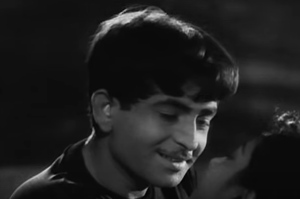
Once a classic, always a classic. The Egyptians building Giza had no idea what they were inspiring.
3. Rajesh Khanna’s hipster beard in Do Raaste (1969)
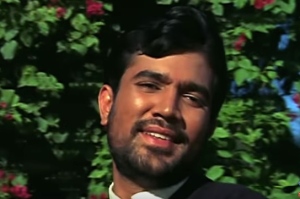
Be still my beating heart. I bet there’s a dozen plaid shirts in his closet, and that he listens to actual CDs on his walkman because he just wants to be authentic.
2. Guru Dutt’s emotional mustache in Pyaasa (1957)
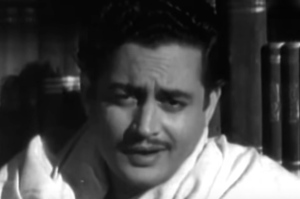
The only thing quivering more than Guru Dutt’s voice is the 4 mm diameter patch of heaven resting on his upper lip
1. WINNER: Rajkumar’s devastating pencil mustache in Pakeezah (1972)

I DIE THE SWEET DEATH BY LOVE OF A MUSTACHE. There are few things in life greater than this show-stealing masterpiece of men’s grooming.
Men, time to take a hard look in the mirror and evaluate if you’re really bringing your full potential to the world. And remember, just because we all love to see a little facial hair in November, it is NEVER OK to flash your chest hair in public in broad daylight à la Amitabh Bachhan, even if it’s just an unsightly tuft from your too-many-buttons-unbuttoned polo shirt. The 70s are over. These things are not equivalent. I just felt like that had to be said.
You’re welcome.
– Mrs. 55






